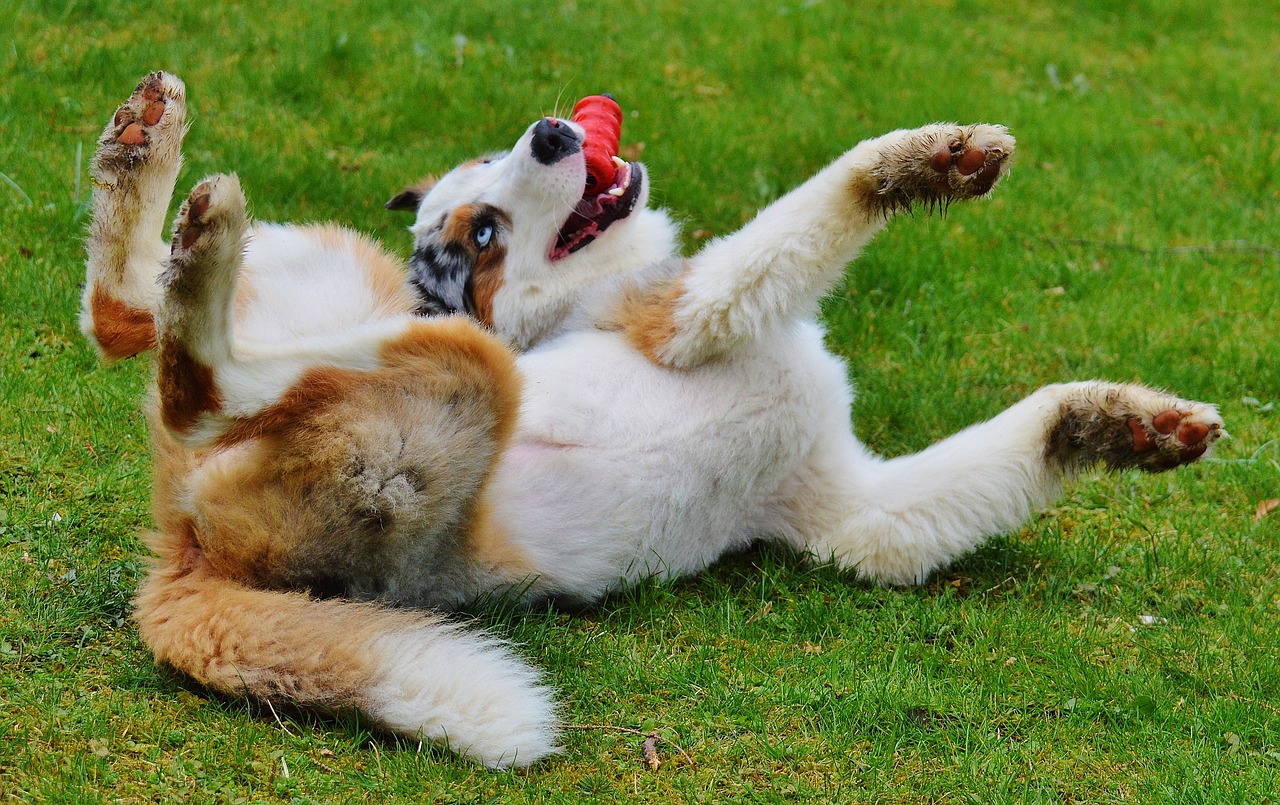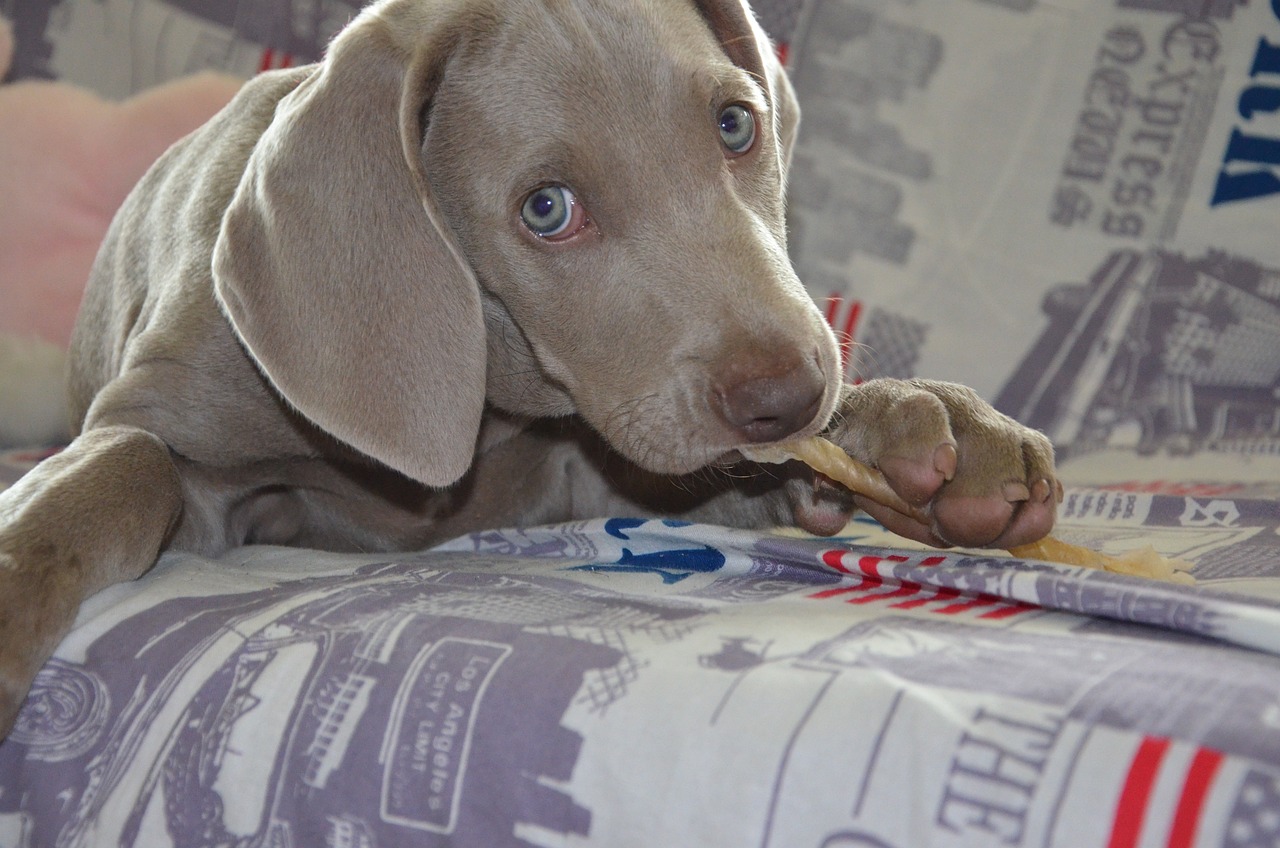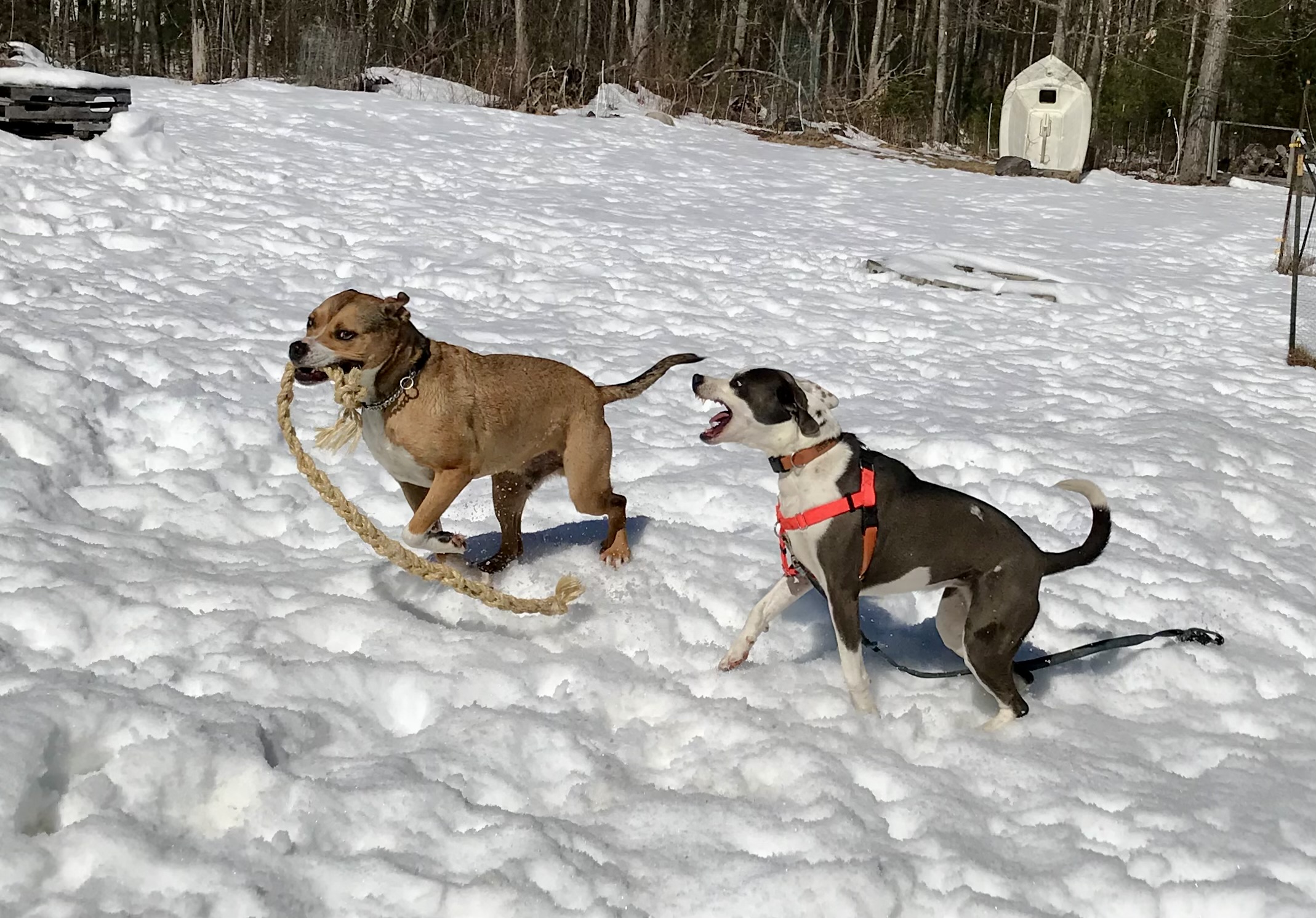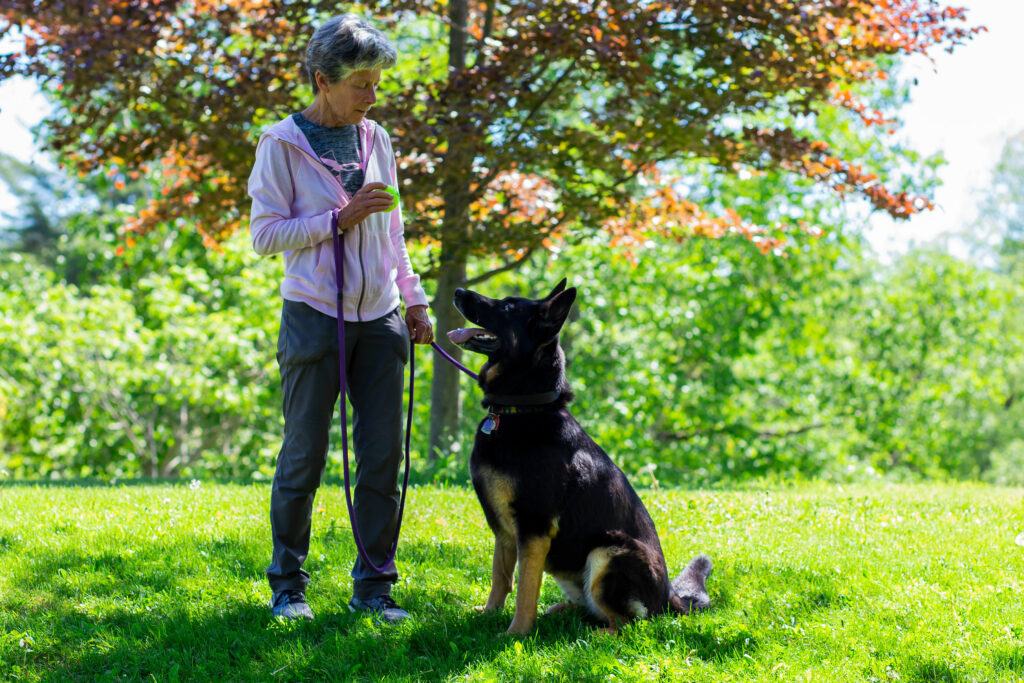This process is for the shy or insecure dog. If your dog becomes activated and goes at the stimuli with strong barking and snapping or has bitten visitors, schedule a Bite Risk Assessment with Judy:https://caninebehaviorcounseling.com/bite-risk-assessment/
What does your dog enjoy?
1. Toys – 
If your dog is excited about toys, I suggest you integrate toys into your greetings. Start in a neutral location where your dog can have movement off leash or on a long line. You can begin to play with your dog while the stranger is sitting near you or even on the other side of a fence if you are anxious. When your dog brings the toy back, you hand the stranger the toy, they show it to your dog, then toss it beyond the dog. This game continues as you talk to the person. Your dog brings you the toy, then you hand it to the friend who throws it beyond your dog.
If this process goes well, such that your dog is enjoying this game and showing signs of relaxation such as open mouth, blinking, and is able to “sit” when you ask. The friend can then begin to speak to your dog as they show your dog the toy. “Millie, go get it”! This allows your dog to associate this person with her favorite game.
2. Treats– 
If your dog is mostly excited about yummy treats, I suggest you integrate yummy treats into the greeting with your insecure dog. A person can be sitting in a chair, in a neutral setting, as you approach with your dog on a loose leash. It is best to avoid having a stranger approach your dog, as your dog will not feel in control of the situation. The idea of being in control to stop, or retreat is important for your dog to “feel” safe.
If your dog is barking, calmly, lead her away, pause with her, and breathe a bit to lower her arousal. Try to approach again as you speak softly to your dog. No need for you to be feeding her treats at this time. Repeat the approach and retreat until your dog has calmed down, such that she can “think”. When her body is loose, such that she can walk with flexion in her legs and spine, you know she is calming down. It is important for YOU to stop moving forward as your dog slows down on a loose leash. You do not want to push, pressure or force your dog to get close to your friend. Remember, this would be like me leading you up to my chow, Akita mix, who may be sitting still and staring at you. Fear is in the eye of the dog, not us.
Next, your friend can toss a yummy treat to your dog, then one behind your dog. You can then ask your dog to walk away with you, “good girl!” Repeat a few times until she can settle near you as you converse with your friend.
This is a good time for you to reward your dog for being calm. If you have a “settle” or “relax” cue, try it here and reward. Remember to avoid pressuring your dog to approach the person for hand feeding, as it will happen when she is ready. To truly understand the Treat and Retreat Game for a shy dog click here: https://suzanneclothier.com/treat-retreat/.
3. Dogs – 
If you have observed that your dog gets excited when near other dogs, noted by her play bowing and wiggly body at the sight of dogs, I suggest you bring her outside to meet someone with a friendly dog to engage with. This is a great way to help her see strangers as non-threatening.
Be sure to take a walk and let each dog understand the other dogs intentions before letting them greet. Avoiding negative interactions is a must for the insecure dog.
Taking a walk in a safe area with this friend and her dog will make it easier for your dog to accept the human. Over time, both humans will be able to call the dogs to them after a walk and feed them treats, providing the other dog is social and will not set rules for your dog.
Summary
Helping your dog see a new friend as valuable (provides food), useful (tosses the toy), or fun (brings a social dog), can drastically increase the possibility of a trusting relationship between them.
What your dog associates when this friend arrives must be something important to the dog for this relationship to be successful. Be patient and celebrate the small successes.
For more information or to schedule a consultation with Judy, click here:https://caninebehaviorcounseling.com/contact/


